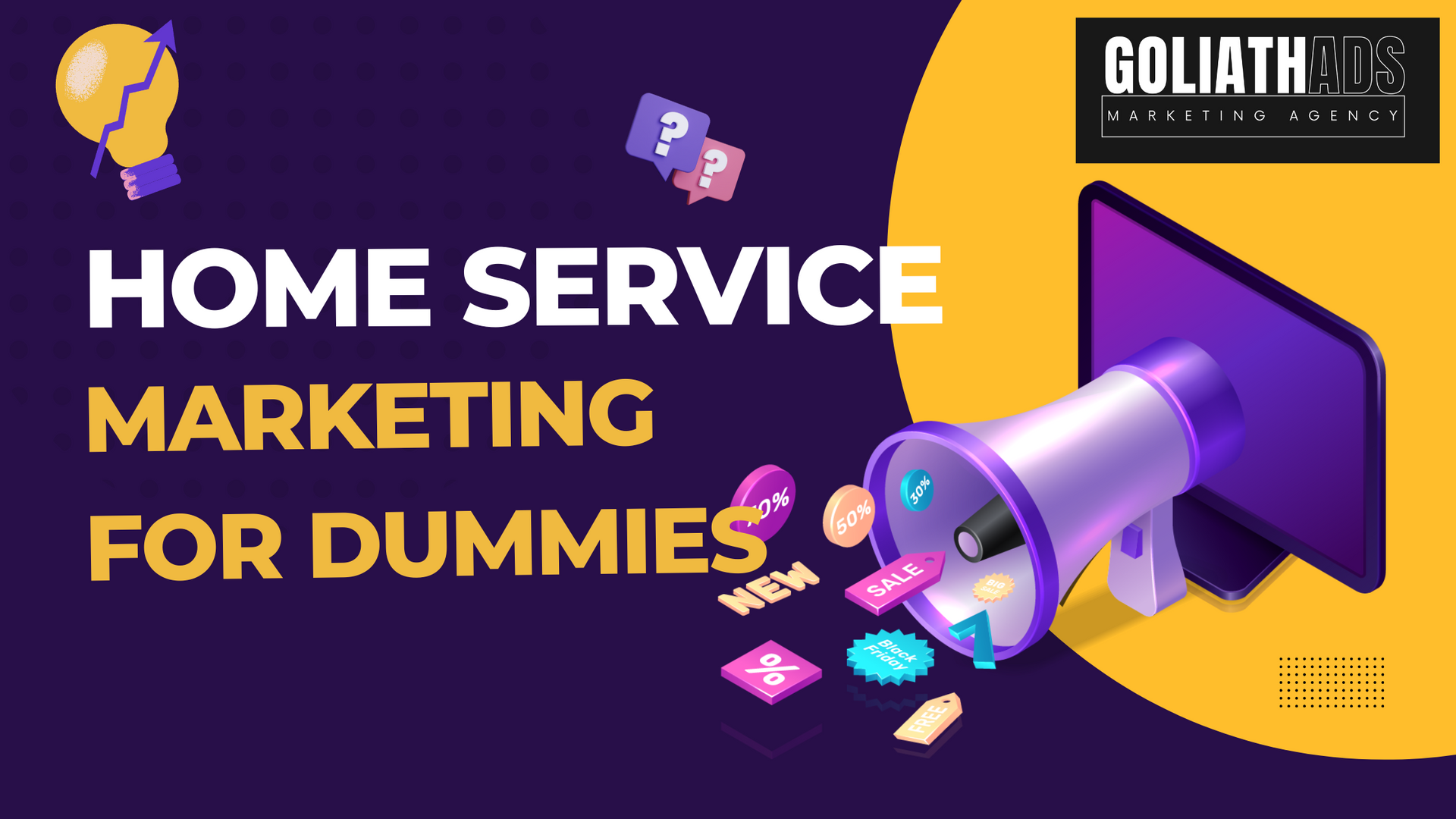A/B testing is a powerful tool for understanding what works best for your audience. By comparing two versions of a webpage or app, you can identify which one performs better.
This method helps you make informed decisions based on real data. It’s straightforward and can provide valuable insights for improving user experience and increasing conversions.
In this guide, we’ll walk you through the six essential steps to conduct an effective A/B test. Whether you’re new to this method or looking to refine your skills, these steps will help you run a successful split test.
Defining Objectives: How to Set Clear Goals for Your A/B Tests
Before diving into A/B testing, it’s crucial to establish clear objectives. Without well-defined goals, you risk running aimless tests that offer little insight or value. Consider the following when setting your objectives:
- Understand Your Business Goals: Identify what you want to achieve with your A/B tests. Are you aiming to increase website traffic, boost conversion rates, or improve user engagement?
- Specific Metrics: Determine which metrics will be used to measure success. For example, if your goal is to increase conversions, your metric might be the number of completed sales or sign-ups.
- Baseline Performance: Establish a baseline for your current performance. This will help you understand the impact of your A/B test and whether the changes are significant.
Identifying Variables: Understanding What to Test
Choosing the right elements to test is critical for gaining actionable insights. Start by identifying key variables that could influence user behavior. Some common elements to test include:
- Headlines: The wording, font size, and color of your headlines can significantly impact user engagement.
- Call-to-Action (CTA) Buttons: Test different colors, sizes, placements, and text to see which version drives more clicks.
- Images and Videos: Evaluate the effectiveness of different types of visual content in capturing user attention.
- Form Fields: Experiment with the number of fields, their order, and the labels used to see how they affect form completion rates.
- Layout and Design: Assess how different page layouts, navigation styles, and design elements impact user experience.
Creating Variations: Tips for Designing Effective A/B Test Elements
Once you’ve identified the variables to test, it’s time to create your variations. Here are some tips to ensure your A/B test elements are effective:
- Keep It Simple: Focus on one variable at a time to isolate its impact. Testing multiple changes simultaneously can lead to ambiguous results.
- Consistency: Ensure that all other aspects of the page remain consistent between the control and variation. This helps attribute any differences in performance directly to the variable being tested.
- Hypothesis-Driven: Develop a clear hypothesis for each variation. For example, “Changing the CTA button color from red to green will increase clicks by 10%.”
Running the Test: Best Practices for Implementation
Implementing your A/B test requires careful planning and execution. Follow these best practices to ensure a smooth testing process:
- Equal Traffic Distribution: Split your traffic evenly between the control and variation to obtain reliable results.
- Duration: Run your test for a sufficient period to gather enough data. A common mistake is ending the test too early, leading to inconclusive results. Aim for at least one full business cycle.
- Sample Size: Ensure you have a large enough sample size to achieve statistical significance. Use online calculators to determine the required sample size for your test.
Analyzing Results: Interpreting Data and Making Informed Decisions
After running your test, it’s time to analyze the results. Here’s how to interpret the data effectively:
- Statistical Significance: Verify that your results are statistically significant. This means the observed differences are unlikely due to chance and reflect a true impact.
- Performance Metrics: Compare the performance metrics of your control and variation. Look for meaningful differences that align with your predefined objectives.
- Contextual Factors: Consider any external factors that might have influenced the test results, such as seasonality or marketing campaigns.
Implementing Changes: Turning Insights into Action for Business Growth
Once you’ve analyzed the results and identified a winning variation, it’s time to implement the changes. Follow these steps to ensure a smooth transition:
- Roll Out Gradually: Implement the winning variation gradually to monitor its impact and address any unforeseen issues.
- Measure Ongoing Performance: Continuously track the performance of the implemented changes to ensure they deliver the desired results over time.
- Iterate and Optimize: Use the insights gained from your A/B test to inform future experiments. A/B testing is an ongoing process of continuous improvement.
Additional Resources and Tools
To help you get started with A/B testing, here are some valuable resources and tools:
- Google Optimize: A free tool from Google that allows you to create and run A/B tests on your website.
- Optimizely: A popular A/B testing platform that offers advanced features for designing, running, and analyzing tests.
- VWO (Visual Website Optimizer): A comprehensive testing and optimization platform that provides powerful tools for A/B testing, split URL testing, and multivariate testing.
- Crazy Egg: A tool that offers heatmaps and user behavior analysis to help you identify areas of your website that need improvement.
- ConversionXL: A blog and resource hub dedicated to conversion optimization and A/B testing, offering in-depth articles, case studies, and tutorials.
Conclusion
A/B testing is a powerful tool that empowers small businesses to make data-driven decisions, optimize their online presence, and drive growth. By following the seven steps outlined in this guide, you can conduct effective A/B tests that yield valuable insights and actionable results.
As technology advances, A/B testing will continue to evolve. Embrace this dynamic approach to experimentation, and watch your small business thrive in an increasingly competitive landscape.



